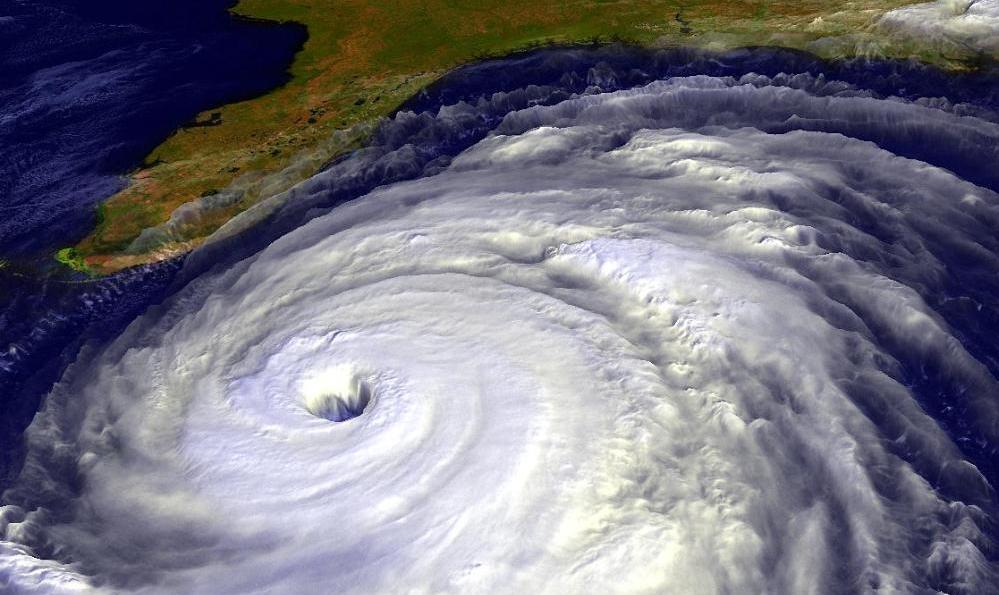
In Florida, climate change is a local news story. The state’s 21 million residents are already feeling the effects of a heating planet, including not just higher temperatures but more and stronger hurricanes, toxic algae, sunny-day flooding, and sea level rise. And climate change will cost Florida more than any other state — an estimated $76 billion by 2040.
“The environment is ever-present here,” said Tom Hudson, vice president of news at WLRN Public Media, the main public radio station for South Florida and the Keys. “It’s not a science story for us here in South Florida. It’s not some kind of theoretical exploration. It’s real. It’s what many in our community experience in their neighborhoods. It’s just become daily news.”
Now six Florida news organizations — The Miami Herald, South Florida Sun Sentinel, Tampa Bay Times, Palm Beach Post, Orlando Sentinel, and WLRN — are forming a partnership to cover climate change stories together. They’ll start out by sharing content across their newsrooms, but over time are hoping to collaborate on reporting as well. The partnership may also expand to include universities and nonprofit newsrooms.
“We aim to be the ProPublica of environmental reporting for our state,” Nicholas Moschella, editor of The Palm Beach Post, said in a statement.
Many of the participating news organizations have worked together in some capacity in the past. The Miami Herald and WLRN have had an editorial partnership for 15 years and share newsrooms, for instance, and the Herald, WLRN, Sun Sentinel, and Post are already partners on The Invading Sea, an investigation into sea-level rise. “This is an opportunity to maximize our ability to cover the biggest story of our lives,” said Julie Anderson, executive editor of the Sun Sentinel and Orlando Sentinel, both Tribune papers.
The participating newsrooms have a shared Slack channel where they give each other a heads-up on the coverage they’re doing. They’ll also be holding regular conference calls with reporters and editors, talking about what they are working on and what the collaborative possibilities might be. “Everglades restoration is a big story here and it’s related to climate risk,” said Hudson. “If there are stories that South Florida news entities like WLRN, the Herald, the Sun Sentinel, and the Post are working on — we’re kind of the southern end of the Everglades — then maybe the Orlando Sentinel, at the headwaters of the Everglades, could provide some context or additional coverage, for a richer, deeper story for the audience.” Different parts of Florida have also experienced problems with different kinds of algae — red-tide algae on the Gulf Coast, blue-green algae in the southwestern part of the state and the east coast. Reporting on them together can provide a fuller picture of the problem.
“Having these newsrooms and these different geographies talking to one another is going to set the stage for some important journalism we can provide to audiences across the state,” Hudson said. “It’s going to help us see how some of our environmental challenges are common, and how some may be interrelated.”
“A decade ago, a partnership like this would have seemed improbable. Newsrooms saw each other as rivals. We still compete — often fiercely,” Mark Katches, executive editor of the Tampa Bay Times, wrote Tuesday. “But a new pragmatism has taken hold in newsrooms across the country. We simply can’t cover the same ground that we once could. And truth be told, we’re not vying for the same readers. Draw the Tampa Bay Times and the Orlando Sentinel in a Venn diagram, for instance, and the overlap of subscribers for both news organizations would be tiny.” (That very much echoes what other topic-based cross-newsroom collaborators, like the California Reporting Project, say.)“These are stories of neighborhood flooding, government planning, government accountability, local government borrowing, infrastructure projects,” Hudson said. “This is the bread and butter of local journalism.”